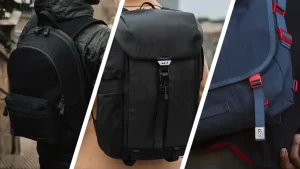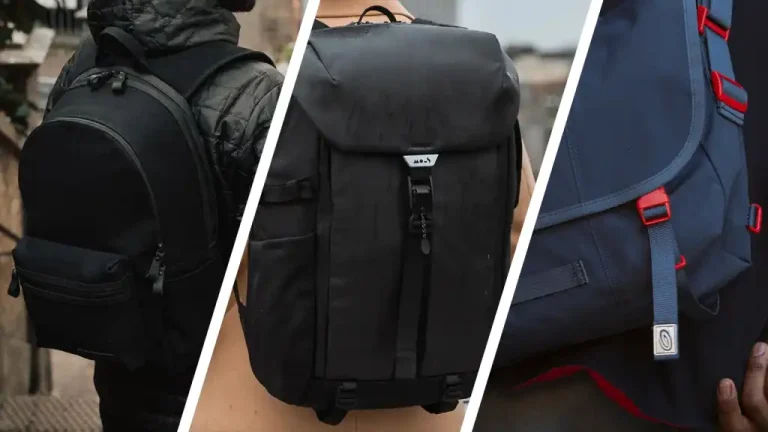Cyclists of all skill levels are increasingly choosing to wear padded cycling clothing. There are many reasons for this, including better performance and the fact that it is much more comfortable to ride in than regular spandex or lycra.
A lack of understanding of proper fitting has led to some cyclists using a smaller size than they should be, which can result in a significant decrease of blood flowing throughout their bodies during the race. As such, they may also suffer from headaches or injuries after the race, so taking proper measurements before buying cycling clothes is essential before you head out on your next bike ride.
A common misconception is that the more petite-sized clothing is best because it will fit snugly and “mold” to individual cyclists. For example, a pair of shorts may have a three-quarter or full chamois in the liner, which is meant to provide pressure relief and padding for the cyclist. This is why one needs to know their body type; if you are tall and thin, a surplus of padding in your shorts will not do you much good.
It’s also important to consider what kind of riding you will be doing before choosing the proper cycling clothing from http://bikechain.com.au/. Some cyclists prefer to wear spandex or lycra clothing to prevent chafing and other skin irritations, yet others find it less comfortable. Padded cycling clothing does help keep the wearer’s skin from rubbing against the saddle or handlebars but is not as good at preventing chaffing as some may believe.

Another critical factor in choosing the proper cycling clothing is your body type. There are different types of cyclists, and each will require a different fit. Cyclists with shorter torsos need a tighter-fitting shirt or jacket; this will allow them to be closer to their bike seat for better aerodynamics while allowing for more airflow through their arms and torso for better cooling. More prominent cyclists, on the other hand, should wear cycling clothing that is short in length.
The best way to see if your selection fits correctly is to try cycling clothing before buying it. Many bike shops have dressing rooms for this very reason. If you can’t find any cycling clothing in your size, try going a size up or down (depending on what you prefer). It would be best if you also were sure to know whether or not the clothing is meant for men or women; women’s jerseys tend to be more form-fitting due to the nature of their bodies.
Once you have your pair of cycling clothing ready, it’s time to consider the various clothing available. There are several different styles and materials, but some are better than others. A shirt or jacket made from a piece of breathable fabric is generally better; this will help keep you cool on a hot day and prevent overheating in the evening, which can lead to dehydration. It also helps prevent rashes or chaffing, especially if you wear regular underwear.
It’s also essential that your cycling clothing protects you from the elements while allowing air through in wet conditions. It should keep you warm in the cold weather and cool when it’s hot outside, but not feel too warm if there is a strong breeze. If you are looking for padded cycling clothing, there are also several different materials to choose from. One of the most common is Coolmax, which wicks sweat away from your skin and dries quickly while remaining very lightweight.











